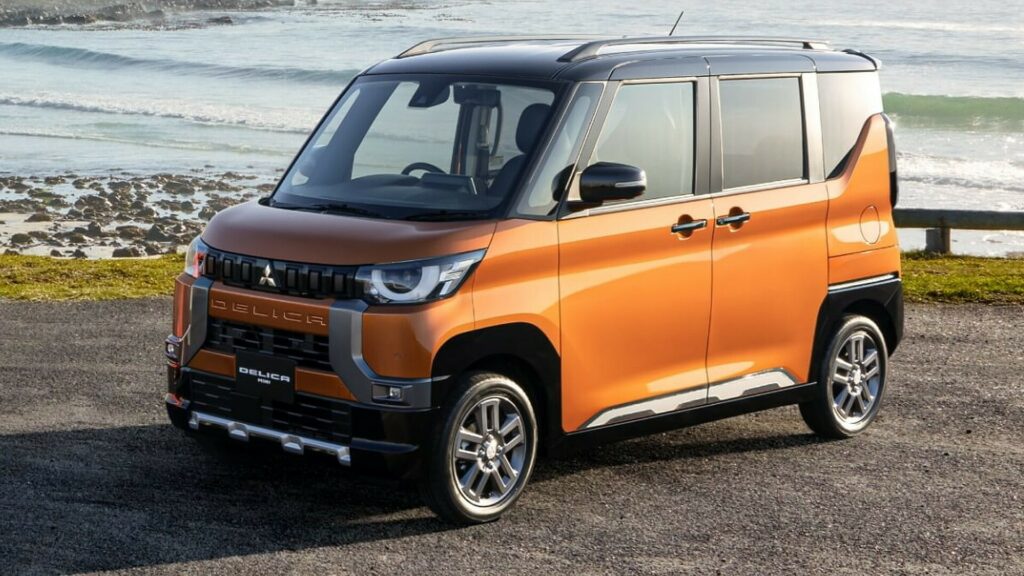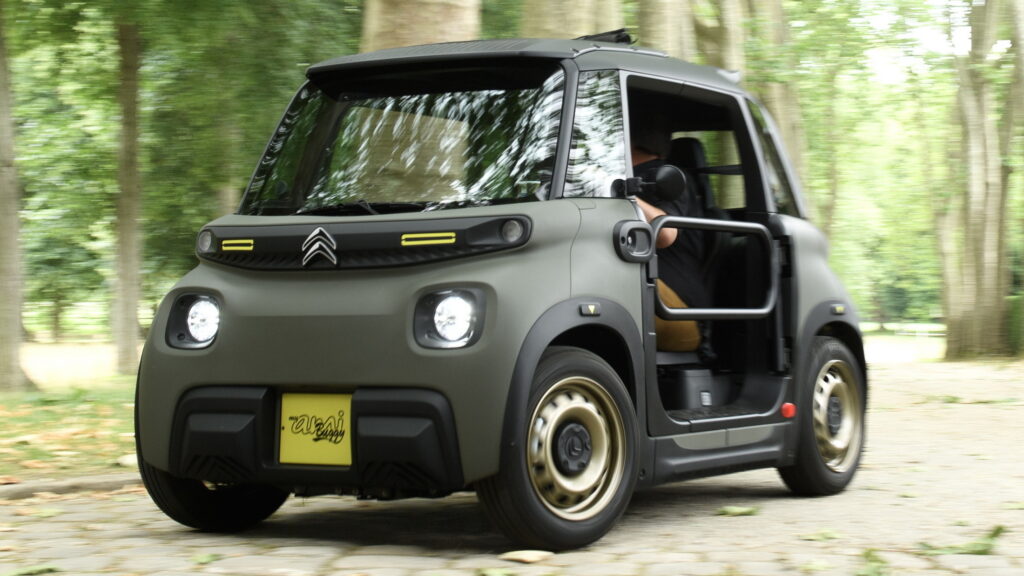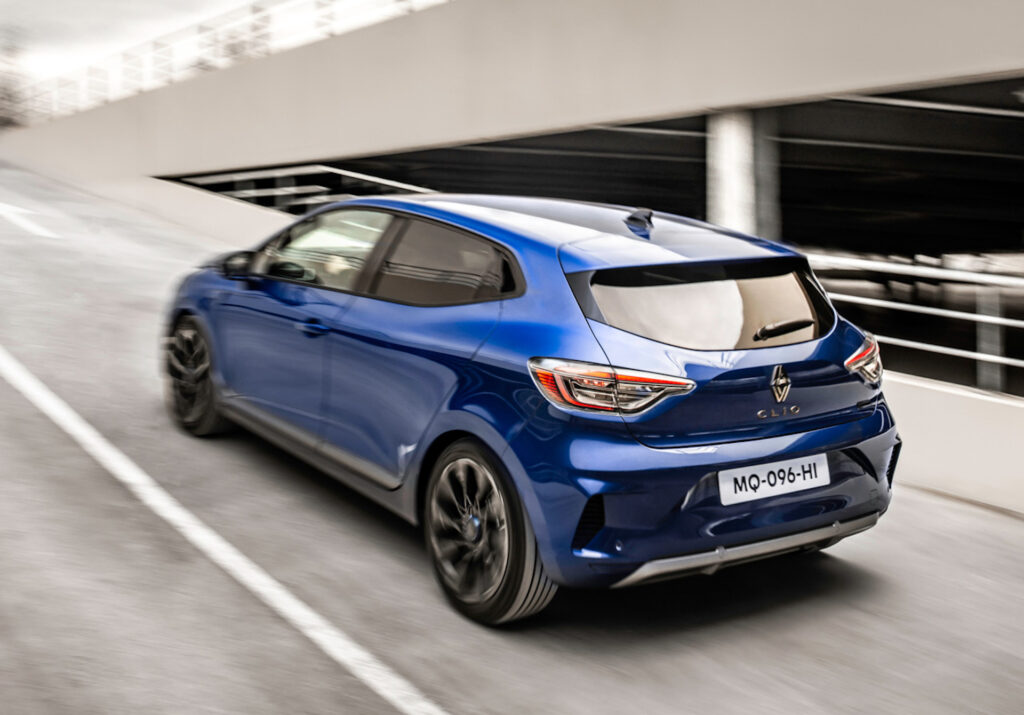This Frog-Faced EV Is The Renault 5’s New Budget Baby Brother
- Renault’s 2026 Twingo EV has been spotted testing on the road.
- The sub-5-sized electric hatch will cost less than €20,000 ($23k).
- Renault previewed the budget EV with the Twingo E-Tech concept.
Fun retro style and a bargain price tag have helped make Renault’s 5 EV a massive hit, and now the automaker is looking to replicate that success one rung down the size and affordability ladder. The automaker has already shown next year’s Twingo in concept form, and now we’ve got pictures of the baby EV testing in prototype form.
Renault has bolted its Twingo badge to various small cars over the years, but the new one harks back to the 1993 original, an egg-shaped one-box hatch with distinctive frog-like eyes. But instead of two doors and a wheezy petrol engine, the new one has a practical four-door layout and zippy all-electric powertrain.
Related: Renault’s Updated Twingo Concept Hints At Next Year’s €20,000 EV
The 5’s baby brother goes on sale next year when it’s expected to cost less than €20,000 (£17k / $23k). That’ll make it slightly more expensive than the most basic Dacia Spring and Leapmotor 01, and put it into battle with the €19,990 Dolphin Surf from China’s BYD and – eventually – VW’s ID.1.
Renault previewed its budget EV with the Twingo E-Tech concept, which made its debut last year and was wheeled out again at the start of 2025, after some minor cosmetic surgery. The first shots of a prototype tell us the production car will stick close to the concept’s promise. Its wheels are pushed tight into each corner to free up as much interior space as possible, the windshield is swept back, just like the original Twingo’s, and the bulging headlights ensure it has the same friendly face.
The large charging port flap on the passenger fender is a different shape, sitting on the other side of the one on the concept, and this test car appears to have conventional door handles, whereas the show car had them concealed in the front door skin and the upper door frame next to the C-pillar. We’re hoping they’ll have migrated to their original concept positions by the time the car makes its production debut.
Nicolas Laperruque/SHProshots
We don’t get to see inside the Twingo this time, but the concept had a 7-inch digital gauge cluster and a separate 10.1-inch floating infotainment screen. Renault doesn’t make a habit of overpromising and underdelivering. It didn’t reveal any tech specs for the Twingo E-Tech, but common sense says it’ll identify on a shortened version of the same AmpR Small architecture found in the Renault 4 and 5.
If it gets the same 40 kWh battery and 94 hp (95 PS / 70 kW) single-motor setup as the base 5 it should be good for over 200 miles (320 km) of range and zero to 62 mph (100 kmh) in around 11 seconds, though 121 hp (122 PS / 90 kW) and even 148 hp (150 PS / 110 kW) upgrades could be an option tick away.






